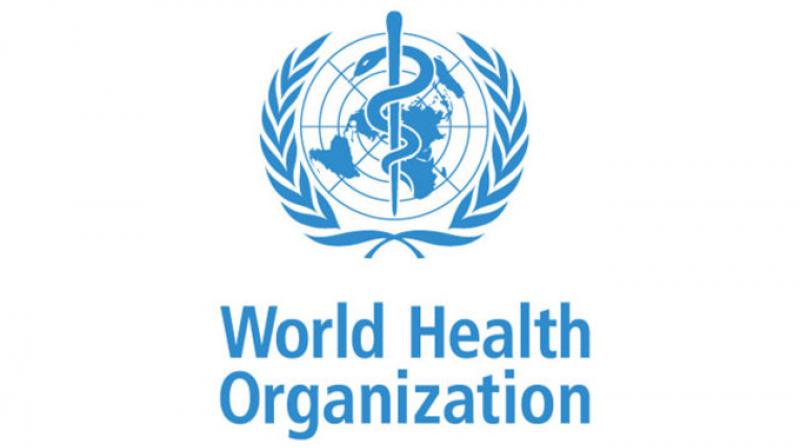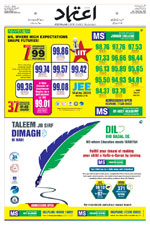WHO publishes its first essential diagnostics list
Wed 16 May 2018, 11:06:07

New Delhi: The World Health Organisation (WHO) has published its first 'essential diagnostics list', a catalogue of tests needed to diagnose the most common conditions as well as a number of global priority diseases.
The step was taken to address the problem of people's inability to access diagnostic services, thus failing to receive the correct treatment.
"An accurate diagnosis is the first step to getting effective treatment. No one should suffer or die because of lack of diagnostic services, or because the right tests were not available, said Tedros Adhanom Ghebreyesus, WHO Director-General.
An estimated 46 per cent of adults with Type 2 diabetes worldwide were undiagnosed, risking serious health complications and higher health costs, said a statement by the world health body yesterday.
Late diagnosis of infectious diseases such as HIV and tuberculosis increases the risk of their spread and makes them more difficult to treat, it said.The essential diagnostics list concentrates on in-vitro tests like tests of blood and urine. Apart from this, 58 tests are listed for detection and diagnosis of a wide range of common conditions, thus providing an essential package that can form the basis for screening and management of patients.
The remaining 55 tests are designed for the detection, diagnosis and monitoring of 'priority' diseases such as HIV, tuberculosis, malaria, hepatitis B and C, human papillomavirus and syphilis, the statement
said.
said.
Some of the tests are particularly suitable for primary health care facilities, where laboratory services are often poorly resourced and sometimes non-existent.
"Our aim is to provide a tool that can be useful to all countries, to test and treat better, but also to use health funds more efficiently by concentrating on the truly essential tests, said Mari ngela Sim o, WHO Assistant Director-General for Access to Medicines, Vaccines and Pharmaceuticals.
For each category of test, the Essential Diagnostics List specifies the type of test and intended use, format, and if appropriate for primary health care or for health facilities with laboratories.
The list also provides links to WHO guidelines or publications and to pre-qualified products.
Similar to the WHO essential medicines list, which has been in use for four decades, the essential diagnostics list is intended to serve as a reference for countries to update or develop their own list of essential diagnostics.
The WHO will update the essential diagnostics list on a regular basis. It is also expected to issue a call for applications to add categories to the next edition.
The list will expand significantly over the next few years, as it incorporates other important areas, including antimicrobial resistance, emerging pathogens, neglected tropical diseases and additional noncommunicable diseases, the statement added.
No Comments For This Post, Be first to write a Comment.
Most viewed from Specials
Most viewed from World
AIMIM News
Latest Urdu News
Most Viewed
May 26, 2020
Do you think Canada-India relations will improve under New PM Mark Carney?
Latest Videos View All
Like Us
Home
About Us
Advertise With Us
All Polls
Epaper Archives
Privacy Policy
Contact Us
Download Etemaad App
© 2025 Etemaad Daily News, All Rights Reserved.





















.jpg)
.jpg)
.jpg)
.jpg)

















